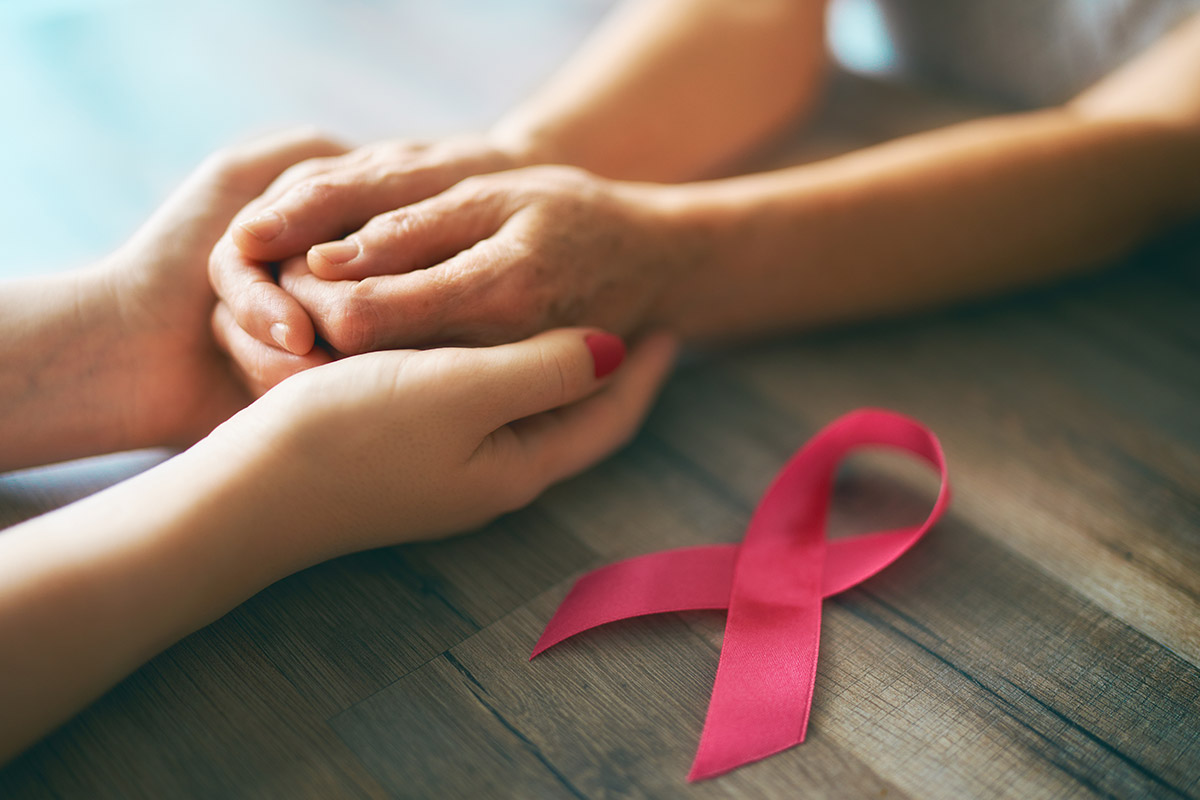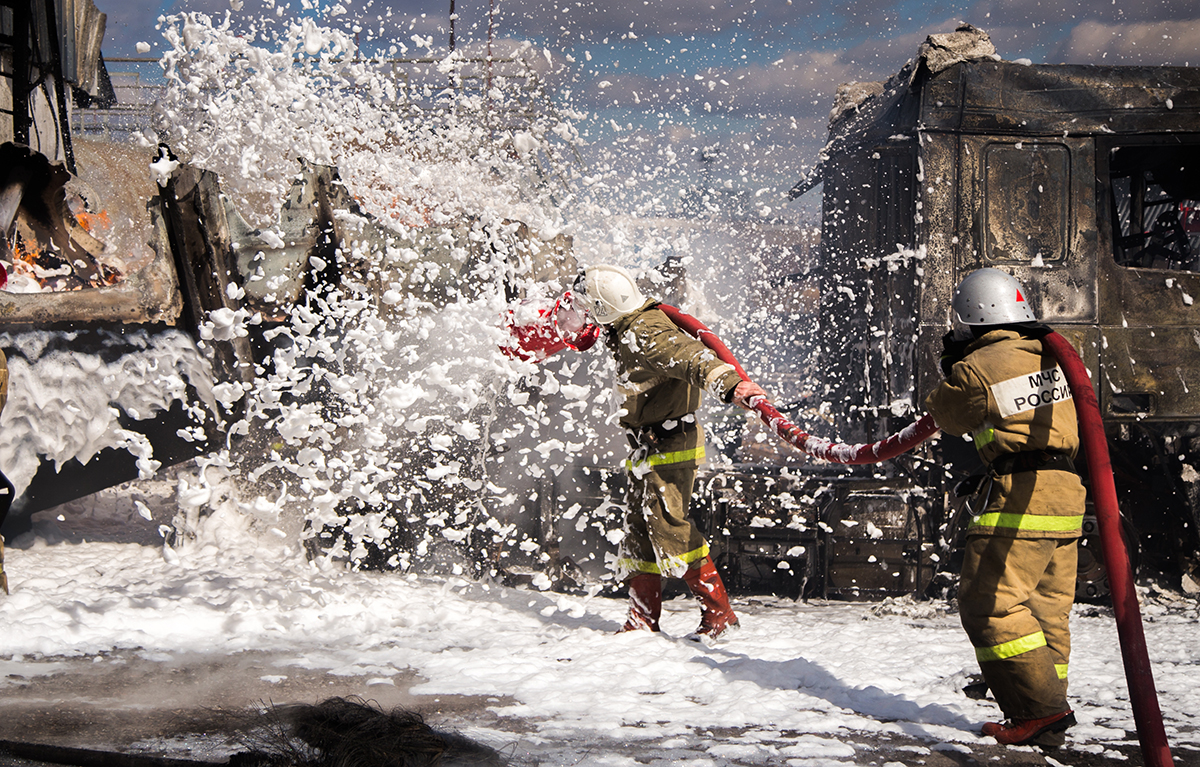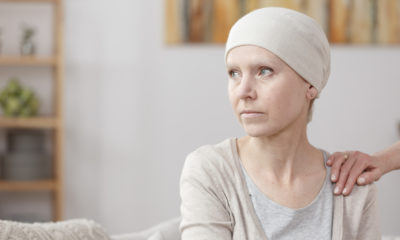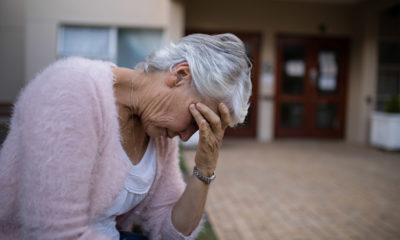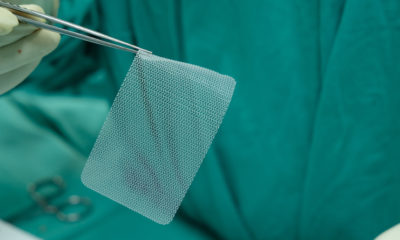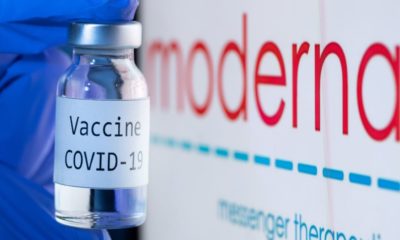Scientists have discovered a possible link between breast cancer and the chemicals in herbicides. The Purdue Center for Cancer Research partnered with the Cancer Center for Western France (ICO) and discovered that glyphosate, the primary ingredient in Roundup and other herbicides, could cause breast cancer if there is another risk factor present.
The Risk for Breast Cancer
According to a professor of cancer pharmacology, this information is important to helping determine the causes of cancer. It shows that the chemical can cause tumors to grow when combined with other risks. In the study, it was determined that glyphosate alone didn’t cause breast cancer, but it did lead to the disease when combined with oxidative stress. Oxidative stress is a chemical reaction which occurs with specific stress factors, including diet, consuming alcohol, smoking, or even aging.
The type of cancer which developed in this study was the more aggressive type found in women who are younger, which is luminal B cancer. This is important information since the EPA has stated that glyphosate is most likely not cancer-causing. The World Health Organization took a different stance when the International Agency for Research on Cancer stated that it was probably carcinogenic. It has been associated with non-Hodgkin lymphoma for several years.
The goal for this study is to help researchers be able to detect the risk for breast cancer and reverse it. According to statistics, cancer stats continue to rise, and breast cancer is the most common. The hope is to someday be able to stop cancer before it starts by eliminating risk factors. Much of the research focuses on treatment as well as detection with prevention being a lower priority. However, mitigating risk factors can result in fewer cases being diagnosed.
Breast Cancer is Too Common
It is estimated that 268,600 new cases will be diagnosed in 2019. Of these, almost all will be women. About one in eight women in the US will develop breast cancer sometime in her lifetime. Approximately 42,000 women are expected to die during 2019 from the cancer.
At the first of the year, about 3 million women in the US had a history of breast cancer. If someone has a close relative with breast cancer, her risk almost doubles. However, 15 percent of women who are diagnosed have a family member with the same diagnosis. This alters the myth that people most likely to get breast cancer have it in their family.
Gender and age are the two biggest risk factors for developing breast cancer. African American women are more likely to develop breast cancer when they are younger, but it evens out as the women get older.
This information will also help proponents of bans on herbicides as it appears to prove their viewpoint that these chemicals are dangerous to people. While it may not impact everyone the same way, it can increase the risk for cancer if another risk factor is present. More research may reveal just how dangerous herbicides are for people as well as the environment.
